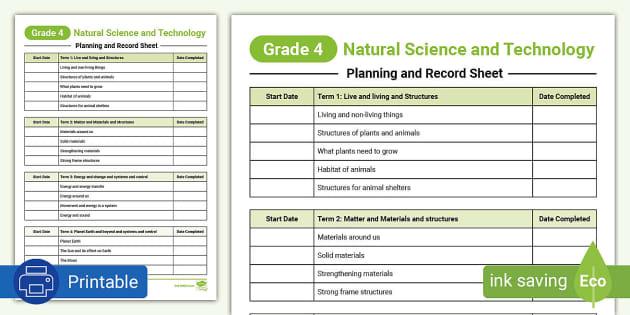In the evolving world of agriculture, innovation continues to shape how we bring nature’s bounty from farm to table. Among the timeless treasures of the date palm lies a fresh chapter, as new technology for grading and packing dates promises to revolutionize the industry. Streamlining processes that once relied heavily on manual labor, these advancements not only enhance efficiency but also preserve the delicate quality of this beloved fruit. This article explores the cutting-edge solutions featured on FreshPlaza, unveiling how modern tech is setting new standards for date production and distribution.
Innovations Enhancing Efficiency in Date Grading and Packing
Advancements in automation have revolutionized the way dates are graded and packed, ensuring that quality and consistency meet the highest industry standards. Cutting-edge sorting machines equipped with AI-powered vision systems now enable rapid detection of size, color, and texture variations, eliminating human error and accelerating processing times. These systems not only categorize dates based on external features but also assess internal quality using near-infrared technology, guaranteeing consumers receive premium fruit every time.
Beyond sorting precision, innovations in packing technology have introduced smart packaging solutions that maintain freshness and extend shelf life. Features such as breathable films, humidity control layers, and shock-absorbent trays are becoming standard in modern packing lines. Additionally, automated packing lines with customizable settings allow producers to:
- Adjust package size dynamically for varying date quantities
- Integrate traceability through QR codes and RFID tags
- Reduce material waste by optimizing packing density
| Technology | Key Feature | Benefit |
|---|---|---|
| AI Vision Sorting | Automated defect detection | High grading accuracy |
| Near-Infrared Scanning | Internal quality assessment | Ensures fruit freshness |
| AI Vision Sorting | Automated defect detection | High grading accuracy |
| Near-Infrared Scanning | Internal quality assessment | Ensures fruit freshness |
| Smart Packaging | Breathable films & humidity control | Extends shelf life |
| Automated Packing Lines | Dynamic package sizing & traceability integration | Reduces waste and improves consumer information |
| Technology | Benefit | Impact on Quality |
|---|---|---|
| Multispectral Imaging | Detailed visual analysis | Detects internal defects early |
| AI-Based Classification | Automated grading | Consistent sorting results |
| Robotic Packing | Precision handling | Minimizes fruit damage |
Best Practices for Integrating New Systems in Date Processing Operations
Adopting new technology within date processing demands a strategic approach to ensure smooth operations and maximize efficiency. First, it’s crucial to involve cross-functional teams early in the integration phase-combining insights from quality control, logistics, and IT departments fosters a unified understanding of workflow adjustments. Comprehensive training sessions should be tailored not only to machine operators but also to maintenance crews to reduce downtime caused by unfamiliarity. Additionally, pilot testing the systems on small batches before full-scale deployment helps identify bottlenecks and refine calibration settings, ensuring the technology adapts seamlessly to varying date varieties.
Maintaining clear communication channels during rollout can dramatically improve troubleshooting and feedback loops. Embracing standardized data exchange formats enhances interoperability between grading machines and inventory management software, enabling real-time quality tracking. Consider this example of recommended integration timelines and focus areas for a more organized approach:
| Phase | Duration | Focus Area |
|---|---|---|
| Preparation | 2 weeks | Staff training & system setup |
| Pilot Testing | 4 weeks | Quality assessment & workflow adjustment |
| Full Integration | Ongoing | Performance monitoring & continuous feedback |
- Document processes meticulously for reproducibility and troubleshooting.
- Invest in scalable solutions that can evolve with increasing production demands.
- Regularly review system data to refine parameters and improve grading precision.
Closing Remarks
As the sun sets on traditional methods, the dawn of new technology in grading and packing dates promises a future where efficiency meets precision. By embracing these innovative solutions, growers and packers can not only enhance the quality and consistency of their products but also meet the evolving demands of global markets. In the ever-changing world of agriculture, staying ahead means embracing change-and with these advancements, the date industry is ripe for a sweet transformation.
